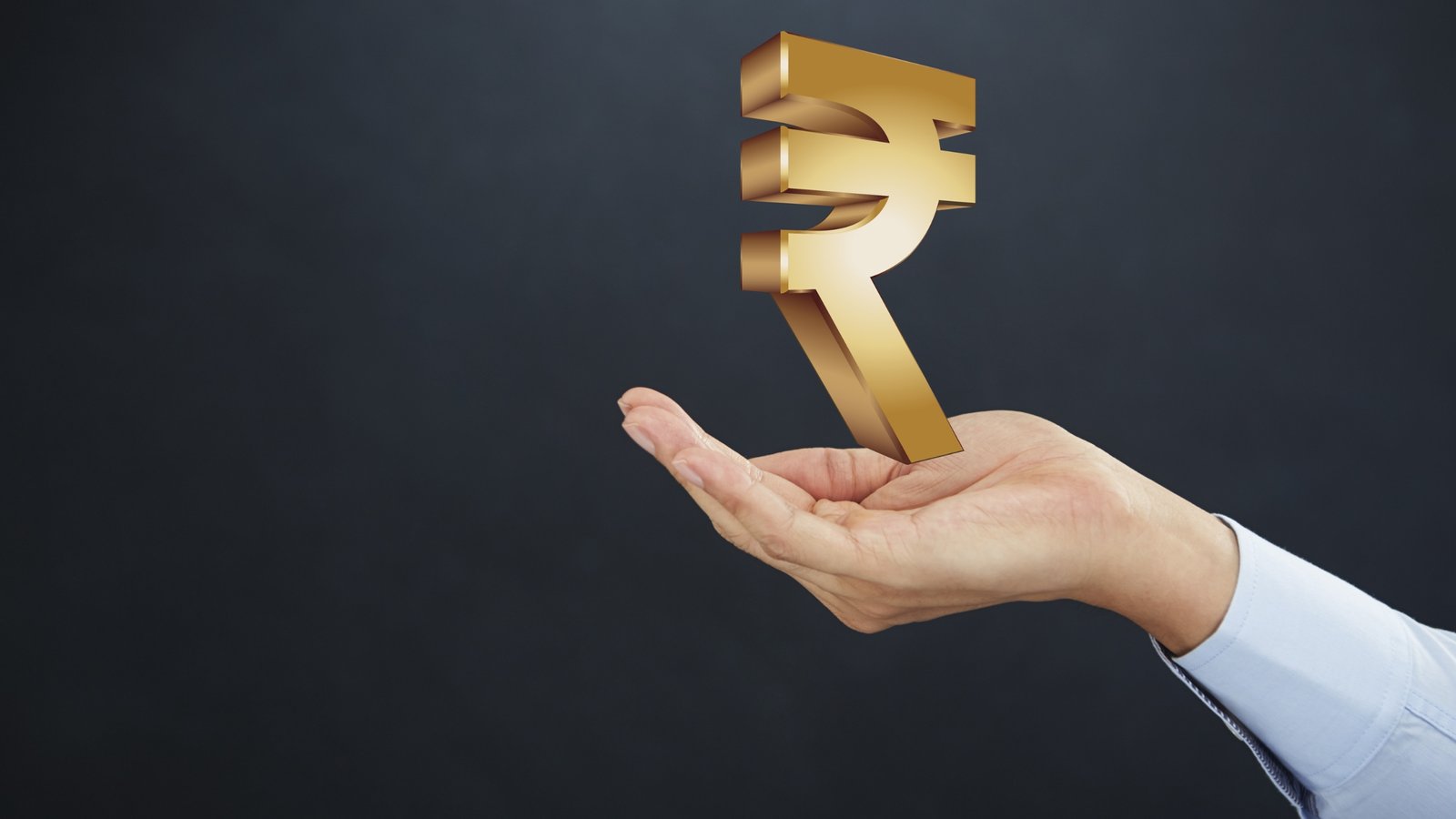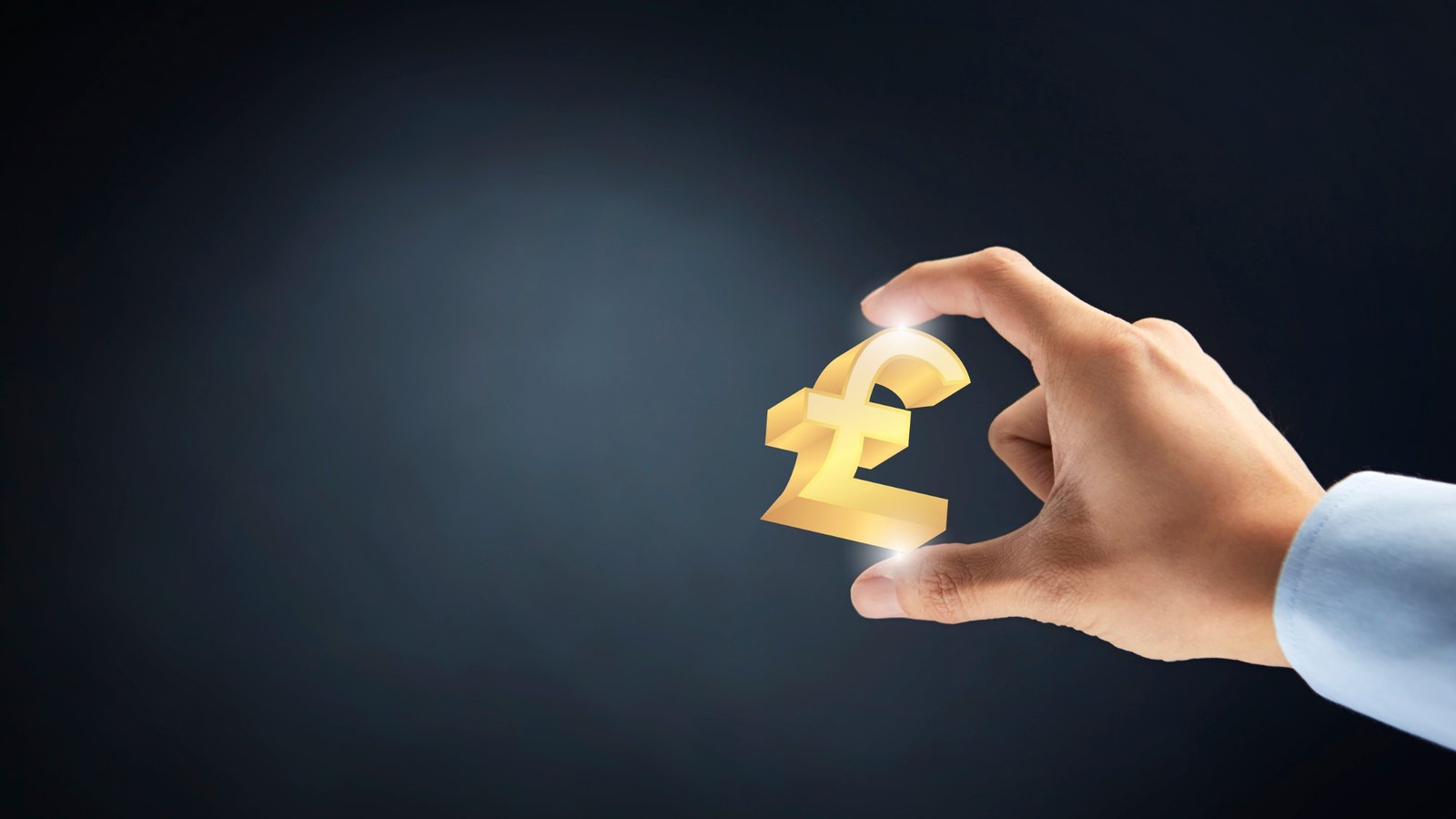Dive into the world of currency symbols, from the dollar to the yen, and discover their historical origins and cultural significance. Learn about graphical representations that shape the global economy.
Table of Contents
Currency Symbol

We all have played with currency notes or coins a few times in our lives, and while evaluating them, we see some strange symbols next to where the amount of money was written.
Have you ever wondered what those symbols are like?
What is that dollar symbol there, the rupee symbol here, etc.?
This is what currency symbols are all about, and let us learn more about it in the following lines.
What is a Currency Symbol?
A currency symbol represents the currency in its graphical form.
These small symbols are there to avoid hassle and to identify the currency from a glance.
For example, a dollar symbol can be seen quickly, and it is understood that the currency signifies dollars.
Also, in most cases, these symbols are unique for every country.
This Symbol is also an indicator of the stability or acceptability of the currency, which is recognized worldwide.
Currency Symbol Definition
The definition of a currency symbol in layman’s terms can be understood in a sentence: a currency symbol is required to solidify a currency’s legibility and increase its recognizability.
Let us take the example of the dollar symbol.
Its Symbol is now its identity in the financial world, symbolizing its power and seriousness while showcasing it to the world.
Some Important Currency Symbols
There are many currency symbols in the world, some for individual countries or some for a group of countries, and identifying them all is a task done by local and international organizations like the International Organization for Standardization, etc.
Some of the major currency symbols of the world are:
- Dollar Symbol – $
- Euro Symbol – €
- Pound Sterling Symbol – £
- Yen Symbol – ¥
- Franc Symbol – ₣
- Rupee Symbol – ₹
- Dinar Symbol – د.ك
- Dirham Symbol – د.إ
- Riyal Symbol – ﷼
- Mark Symbol – ₻
- Ruouble Symbol – ₽
- Lari Symbol – ₾
- Lira Symbol – ₺
- Manat Symbol – ₼
- Tenge Symbol – ₸
- Hryvnia Symbol – ₴
- Spesmilo Symbol – ₷
- Baht Symbol – ฿
- Won Symbol – 원
- Dong Symbol – ₫
- Tugrik Symbol – ₮
- Drachma Symbol – ₯
- Peso Symbol – ₱
- Austral Symbol – ₳
- Cedi Symbol – ₵
- Guarani Symbol – ₲
- Sheqel Symbol – ₪
- Penny Symbol – ₰
What is a currency symbol exactly?
A currency symbol is a representation of the currency in its graphical form.
These small symbols are there to avoid hassle and to identify the currency from a glance.
Benefits of a currency symbol
Let us take an example of a currency symbol; a dollar symbol can be seen quickly, and it is understood that the currency signifies dollars.
Also, in most cases, these symbols are unique for every country.
This Symbol is also an indicator of the stability or acceptability of the currency, which is recognized worldwide.
What are some of the most prominent currency symbols?
Some of the most prominent currency symbols are:
- Dollar Symbol – $
- Euro Symbol – €
- Pound Sterling Symbol – £
- Yen Symbol – ¥
- Franc Symbol – ₣
- Rupee Symbol – ₹
- Dinar Symbol – د.ك
A Deep Dive into the Origins of Currency Symbols

Currency symbols are more than just representations of monetary value; they are a glimpse into the history and culture of nations.
Let us explore the origins of some of the symbols mentioned:
- Dollar Symbol ($) As previously mentioned, its origin is debated. One theory suggests it evolved from the Spanish-American notation ‘Ps’ for “pesos.” Another theory points to the Pillars of Hercules on the Spanish coat of arms found on colonial currency.
- Euro Symbol (€) The design, introduced in 1996, is inspired by the Greek letter epsilon. The two parallel lines signify stability.
- The Pound Sterling Symbol (£) originates from the Latin word “libra,” which signifies a pound of sterling silver.
- Yen Symbol (¥) The word “Yen” translates to “round” in Japanese, referencing the shape of the coin.
- Franc Symbol (₣) The Franc, the former currency of France, used a symbol believed to originate from a handwritten “F.”
- Rupee Symbol (₹) Introduced in 2010, it merges the Devanagari letter “र” and the Latin ‘R’ without its vertical bar. The two parallel lines mirror the Indian flag.
- Dinar (د.ك) and, Dirham (د.إ), and Riyal (﷼). These symbols use Arabic script and are associated with currencies in the Middle East.
- Mark Symbol (₻) The Mark was once the currency of Germany. The Symbol is a stylized “M”.
- Ruouble Symbol (₽) This is a stylized “P” representing the Russian ruble.
- 1Lari Symbol (₾) The Lari is the currency of Georgia. The Symbol is a modified letter from the Georgian script.
- Lira Symbol (₺) The Lira was Turkey’s currency. The Symbol looks like a stylized “L”.
- Manat Symbol (₼) Manat is the currency of Azerbaijan, and its Symbol reflects the initial of its name.
- Tenge Symbol (₸) The Tenge is the currency of Kazakhstan. The Symbol, unveiled in 2013, resembles the “T” letter, representing the Tenge, with a horizontal line in the middle that stands for stability.
- Hryvnia Symbol (₴) The Hryvnia is Ukraine’s currency. Its Symbol is derived from the Cyrillic letter “г,” an abbreviation of “гривня,” which is Ukrainian for Hryvnia.
- Spesmilo Symbol (₷) Spesmilo is an Esperanto word meaning “one thousand hope”. It was introduced as a supplemental currency symbol for use among Esperanto speakers, reflecting the idealistic nature of the language.
- Baht Symbol (฿) The Thai Baht uses a symbol similar to the Bitcoin symbol but with a single vertical line. It represents the initial of the currency in the Thai script.
- Won Symbol (원) The South Korean Won symbolizes the “원” from Hangeul, the script used for the Korean language.
- Dong Symbol (₫) The Dong is Vietnam’s currency. The Symbol is a stylized “D,” standing for Dong.
- Tugrik Symbol (₮) The Tugrik is Mongolia’s currency. The Symbol is a “T” with a long horizontal line, representing stability.
- Drachma Symbol (₯) The Drachma was Greece’s currency before the Euro. The Symbol was derived from the initial letter of its name in Greek.
- Peso Symbol (₱) The Peso is used in various countries, including the Philippines. The Symbol is a stylized “P”.
- Austral Symbol (₳) The Austral was Argentina’s currency during the late 1980s. The Symbol is an “A” with an extra horizontal line.
- Cedi Symbol (₵) The Cedi is the currency of Ghana. The Symbol is a stylized “C”.
- Guarani Symbol (₲) The Guarani is Paraguay’s currency. The Symbol reflects the initial letter of its name.
- Sheqel Symbol (₪) The Sheqel is Israel’s currency. The Symbol is a combination of the Hebrew letters for “sheqel.”
- Penny Symbol (₰) While not a primary currency, the Penny symbol was used to represent the German pfennig, a subdivision of the Deutsche Mark.
- Lira Symbol (₺) As mentioned earlier, the Lira was Turkey’s currency before the adoption of the Turkish lira in 2005. The Symbol is reminiscent of the letter “L”.
- Manat Symbol (₼) The Manat is Azerbaijan’s currency. The Symbol is a stylized “M”.
Additional Global Currency Symbols: Beyond the Commonly Known
There are numerous currency symbols worldwide, as every country or region may have its unique Symbol representing its currency.
Here are a few additional currency symbols that were not included in your initial list:
- Colon Symbol (₡) – Used for Costa Rica’s colón and previously for El Salvador’s colón.
- Bolivar Symbol (Bs.) – Represents the Venezuelan bolívar.
- Cordoba Symbol (C$) – Used for Nicaragua’s córdoba.
- Leu Symbol (L or lei) – Represents the Romanian leu and the Moldovan leu.
- Zloty Symbol (zł) – The currency symbol for Poland’s złoty.
- CFA Franc Symbol (FCFA) – Used for the CFA franc, a currency shared by 14 African countries.
- Naira Symbol (₦) – Represents Nigeria’s naira.
- Krone/Krona Symbol (kr) – Used by several countries, including Sweden (Swedish krona), Norway (Norwegian krone), Denmark (Danish krone), and Iceland (Icelandic króna).
- Rand Symbol (R) – The currency symbol for South Africa’s rand.
- Nuevo Sol Symbol (S/.) – Represents the Peruvian sol.
- Taka Symbol (৳) – Used for Bangladesh’s taka.
- Riel Symbol (៛) – Represents Cambodia’s riel.
- Kip Symbol (₭) – The currency symbol for Laos’s kip.
- Kyat Symbol (K) – Used for Myanmar’s kyat.
- Pataca Symbol (MOP$) – Represents Macau’s pataca.
- Ngultrum Symbol (Nu.) – The currency symbol for Bhutan’s ngultrum.
- Metical Symbol (MT) – Represents Mozambique’s metical.
- Kwacha Symbol (K or MK) – Used for both Zambian kwacha and Malawian kwacha.
- Lilangeni Symbol (E or E£) – Represents Eswatini’s lilangeni.
- Tala Symbol (T or WS$) – The currency symbol for Samoa’s tala.
This is by no means an exhaustive list, and several more currency symbols are utilized globally.
Each one has its own tale and significance deeply interwoven with its respective country’s history, economy, and culture.






